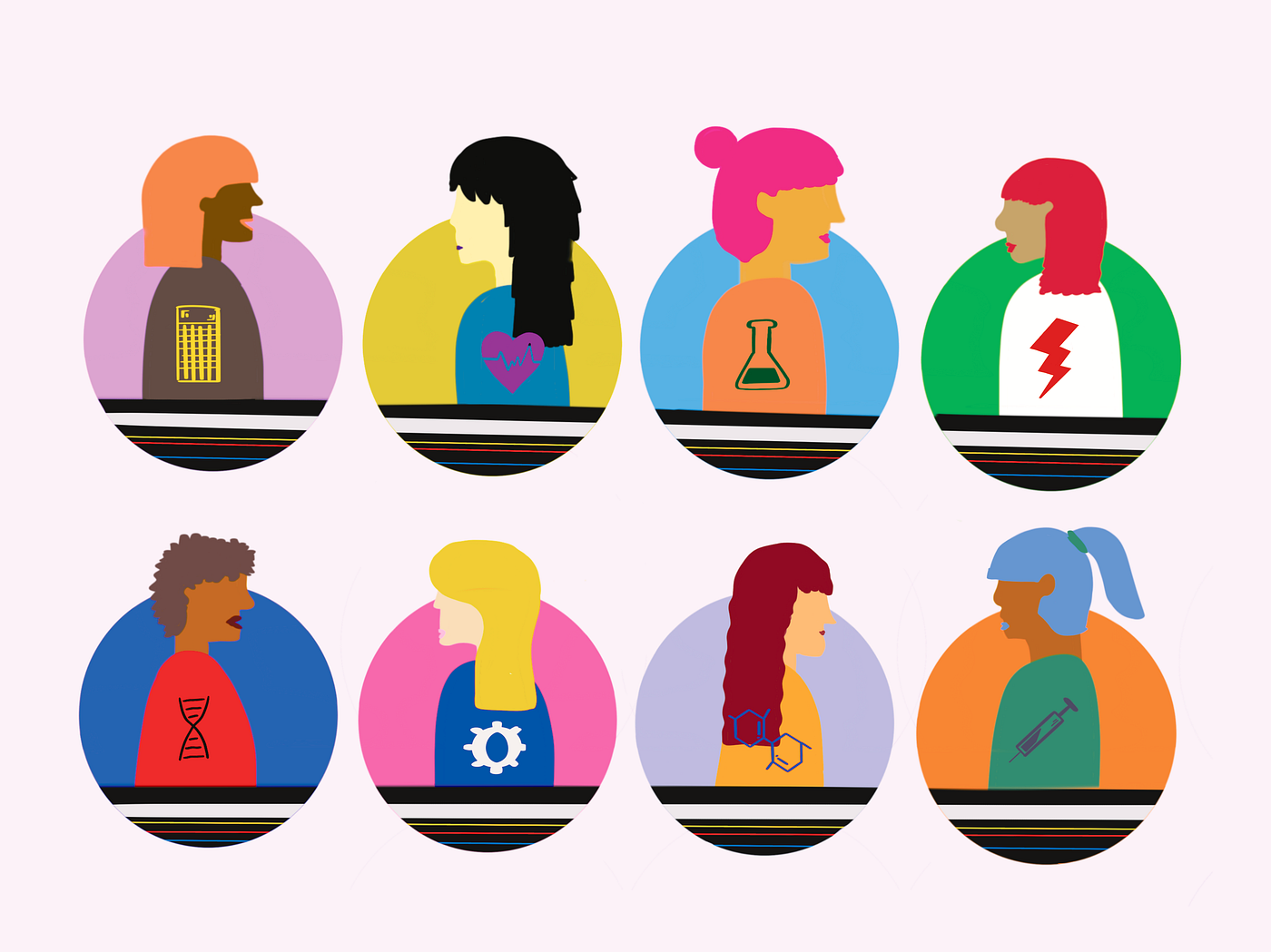Blog
STEM stands for Science, Technology, Engineering, and Mathematics, which denotes the whole sphere of industries. The stereotypical notion that STEM is majorly suited for men as they tend to be more analytical thinkers allowed industries to be heavily male-centric. Nevertheless, the peripheral role of women dedicating themselves to STEM is dynamically transforming.
In recent times, the trend is evolving as families support both partners’ career decisions. To achieve a happy and stress-free life, both partners must contribute towards family alongside their careers. Such as young couples are comfortable concentrating on their jobs and even opt for different work locations to benefit their professional growth.
According to World Bank: STEM female graduates at the tertiary level in India rank at 42.72%, compared to the United States at 33.99%. Further, ranking higher than Germany at 27.14%, the United Kingdom 38.10%, France 31.81%, and Canada 31.43%.
Let’s move on to know the factors affecting female career opportunities and the measures to empower them in STEM.

Challenges Faced by Women in Workforce
Hiring quotas are not enough in most cases for an inclusive workplace; it takes continuous ongoing training programs to understand, evaluate and make sure everyone gets to contribute and own their ideas. To build an inclusive environment, performance metrics based on daily tasks measure employee experience, which is crucial towards inculcating new habits and engaging in honest back-and-forth feedback.
Safety is another influential aspect for women in the workplace. To eliminate female-centric workplace harassment and ensure their well-being, most companies have a zero-tolerance policy such as Internal Complaints Committee (ICC) on Women’s Safety. The set of forms aims to educate employees, especially women, to express themselves if they witness or are involved in any classification of harassment. A fear-based organization won’t thrive onward; women need to be free of any such conduct to participate holistically.
Biological clocks and societal bindings weigh heavy on women. There is a 29% gap between women graduates from STEM and their representation in STEM jobs. As easy as it seems for women in the early stages of their career, the circumstances change as they get married or expand their families. With additional responsibilities, women require extra support from their partners, families, and especially their workplaces. Paternity leaves complement the maternity leaves so that a father can take care of the children, and the mother can go back to work.

Initiatives to Support Females Get on Board
The key to practicing diversity and inclusion, organizations need to work on internal and external drives. The initial step is to recruit entry-level or female freshers, mentor them to upskill, and guide them towards success. The significant stage is empathetic leadership-driven to promote female leadership, not only as role models for their protégés but also to bring out the perfect amalgamation of ideas and resources.
Upskilled women ready for the next level must channelize into more rigorous skill development programs with proper direction. Correct intake, grooming-mentoring procedures, and community implementation programs via webinars or connect sessions are a few approaches to encourage women and their support systems.
Mobility programs such as Indo-US Fellowship for Women STEMM (Science, Technology, Engineering, Mathematics, and Medicine) create opportunities for Indian women scientists, engineers, and technologists to undertake international collaborative research in premier institutions in the US for 3–6 months. Additionally, many companies are following in the footsteps of Zomato to offer Menstruation Leave to reduce the stigma and let the ladies take charge of their productivity.
With the correct skill sets in play, the STEM industries will create enough opportunities for all genders to be equally involved. The purpose is not solely about recruiting women; it is more about creating a space in the workplace, within institutions and universities to support women through their empowering journey.
Systech is driving business transformation via the application of data, analytics, AI to provide the ultimate cloud environment. As a modern organization, we advance with great talent in association, discarding the concept of separate genders in fixed roles. If you are searching for opportunities to grow your career, get in touch with us today to give your career a boost and learn more about our leadership initiatives to facilitate women in STEM.
Stay tuned to read about the inspiring experiences of Women in Systech in our upcoming blogs.
If you have any suggestions for an upcoming article, or would like to volunteer for an interview, please reach out to Kirtika Banerjee at kirtikab@systechusa.com.
Recent Blogs
Real-World Benefits: How Clients Are Gaining from Systech DBShift™’s GenAI-Driven Efficiency
DBShift™’s GenAI-powered migration solution is revolutionizing cloud transitions. Experience accelerated timelines, reduced costs, enhanced security, and future-proof scalability.
Shaping next-gen data management with SingleStore
Contemporary businesses are forever on the lookout for disruptive solutions to handle the ever-growing data influx.
Understanding the ROI of cloud migrations
Data is the new currency in today’s high velocity business scape. But extracting meaningful insights from the multiplying sea of information remains a significant challenge for leaders.

